During the Victorian Era, women had relatively few rights of any kind, particularly in their marriages. Husbands who were so inclined and had the resources could lead their lives pretty much as they chose, leaving their wives with little to say in the matter.
There are stories from the time that describe women being institutionalized by husbands who were less worried about their spouses mental health than by not wanting to have them complain about or try to stifle their wastrel, drinking, or philandering ways. Such was the case for Catherine Dickens, who was perfectly sane.
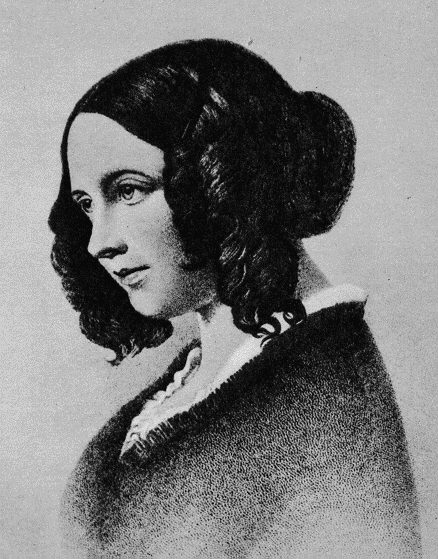
Her husband, famous author Charles Dickens, tried to have her committed and began (or continued, sources differ) an affair with 18-year-old actress Ellen “Nelly” Ternan.
Charles Dickens married Catherine Hogarth in 1836, after meeting her through their shared employment at the Morning Chronicle.
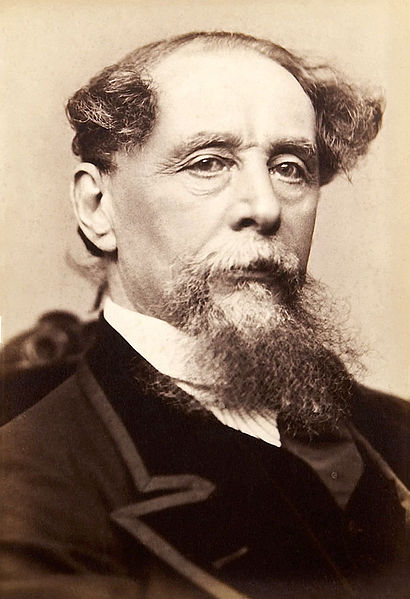
Their marriage was very happy during its first few years, and the first of their ten children was born in January 1837, less than a year after their wedding. The couple was initially quite smitten with each other and in addition to starting their family, they traveled together, making trips to Scotland and America.
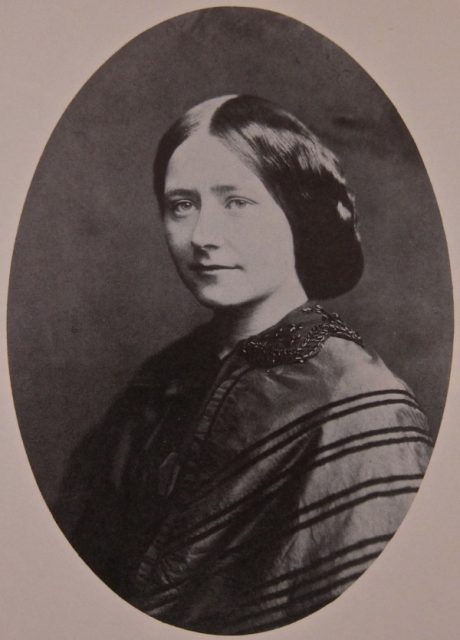
Some six years into their marriage, Catherine’s sister, Georgina, came to live with the couple to offer support to Catherine, who had borne several children already and was feeling overwhelmed.
Over the following years, Dickens became less enchanted with his wife and marriage, holding her responsible for the fact that they had produced so many children and being displeased at her lack of energy.
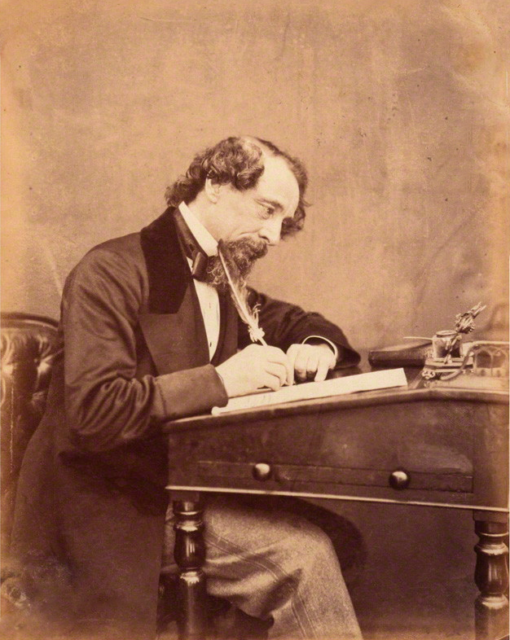
As time progressed, his treatment of her became more dismissive and demeaning. Dickens met Nelly in 1857, twenty years into his marriage, and fell in love all over again. After meeting Ternan, Dickens found his marriage to Catherine even more untenable and decided to pursue a divorce.
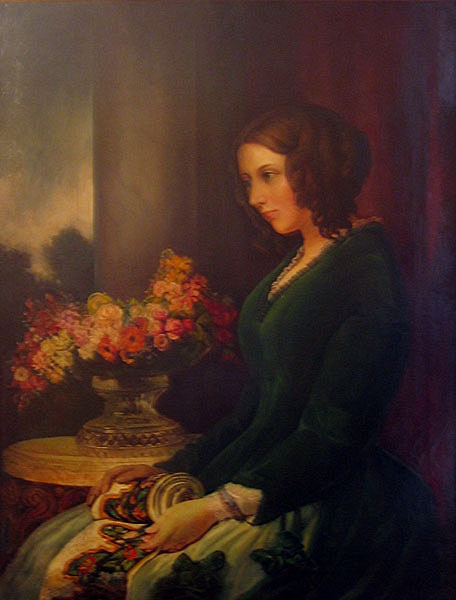
According to Smithsonian, the first steps Dickens took were to stop sharing a bedroom with his wife, and then to separate from her legally, forcing her to leave the family home.
At the time of her departure, Dickens wrote a letter to his agent which said that she had decided to move out on her own, and noted that she had a “mental disorder under which she sometimes labors.”
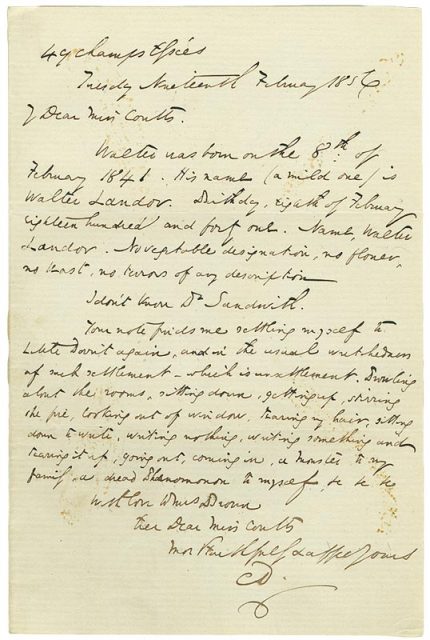
The letter was, perhaps unsurprisingly, leaked, and it had a large impact on shaping the public’s notions about the relationship and impending divorce.
Catherine’s feelings on the subject were unknown until recently when John Bowen, a Professor of 19th Century Literature at the University of York, came across an auction listing for a bundle of 98 letters.
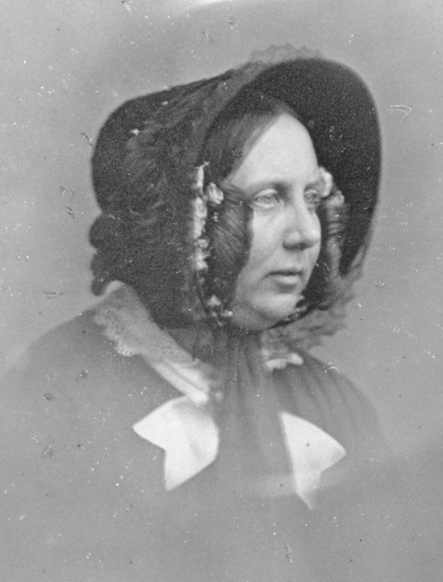
The letters ended up as part of the Harvard Theatre Collection, where Bowen had the opportunity to read through them. The letters were written by Edward Dutton Cook, a neighbor and longtime friend of the Dickens family, and were to a fellow journalist.
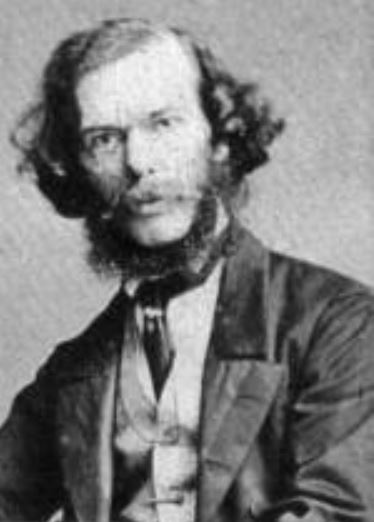
The letters gave details of the circumstances of the Dickens’ separation, which Catherine had revealed to him in the year before her death.
Before the discovery of Cook’s letter, scholars already knew that there were hints of bad behavior on Dickens’ part with regard to his treatment of his wife during the separation.
Catherine’s aunt, Helen Thompson, had said that Dickens had tried to have his wife’s doctor diagnose her as being mentally unsound, but the record of Thompson’s allegations was considered a forgery.
Cook’s letters give full support to Thompson’s statement on the subject, and Bowen even believes he knows who the name of the doctor that Dickens approached with the job — Thomas Harrington Tuke, a friend of Dickens at the time, and the superintendent of an asylum.
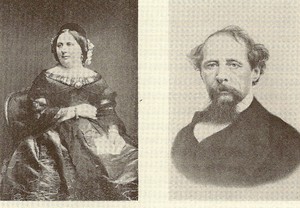
Another of Dickens’ friends, Edward Bulwer-Lytton, actually succeeded in doing what Dickens had failed to do, and managed to have his estranged wife Rosina declared a lunatic and institutionalized for three weeks.
There is every reason to believe that the letter Dickens’ agent leaked to the public was, in fact, laying the groundwork for his plan of having her committed.
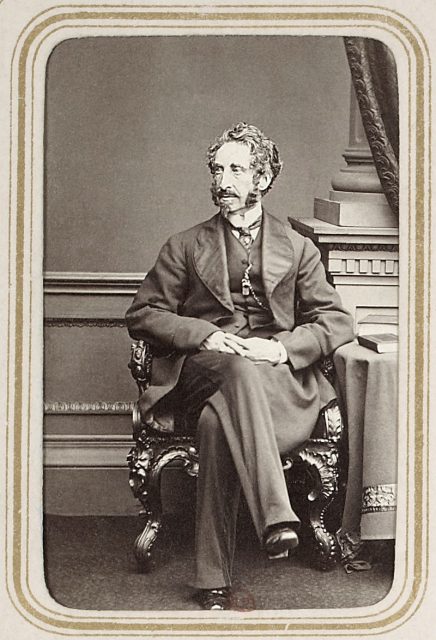
Further, he was pretty piqued at his lack of success in swaying Dr. Tuke. In later years, Dickens was heard to refer to the unfortunate doctor as a “Medical Donkey”. It’s difficult to imagine such goings-on from someone who was a social advocate.
Related Video: 13 Victorian Vulgarities Everyone Should Know
https://youtu.be/utw0IVJcGK0
He was responsible for helping establish a safehouse for young homeless women and visited insane asylums in both England and America, writing passionately about the need for humane treatment for inmates.
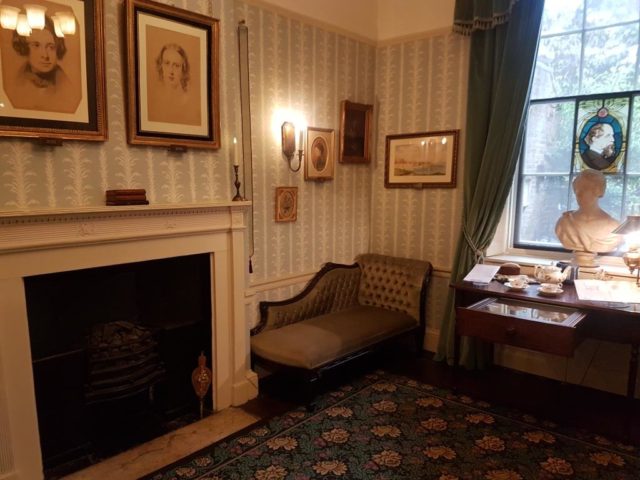
He wrote with great sympathy about the plight of the underprivileged in his books as well. Even so, the documentary evidence suggests he was still behaving in a markedly inhumane way towards his wife of 20 years.
Perhaps even more disturbingly, immediately after his separation from Catherine he wrote a public notice explaining the division of his household.
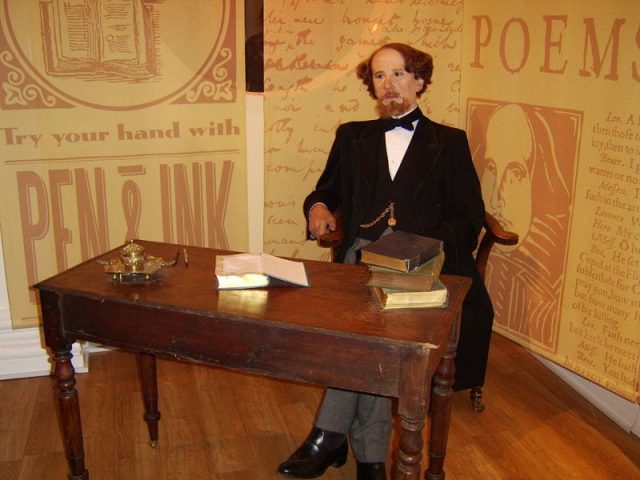
In his explanation, Dickens went to great lengths to say that the dissolution of his marriage was mutual and amicable, and asked that the family’s privacy be respected and no intrusive questions asked.
Read another story from us: Charles Dickens’ Pet Raven Inspired Edgar Allen Poe’s Most Famous Work
Given the content of Cook’s letters, it seems this request was less about care and concern for all the parties involved than it was about keeping his own poor behavior out of the public eye.
